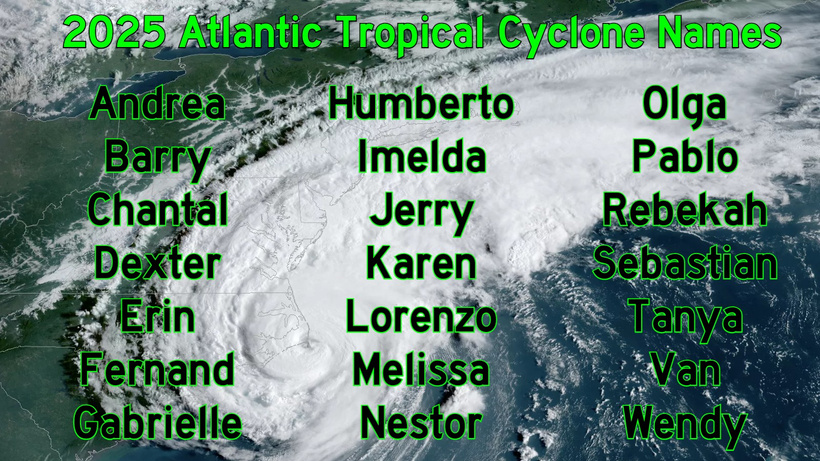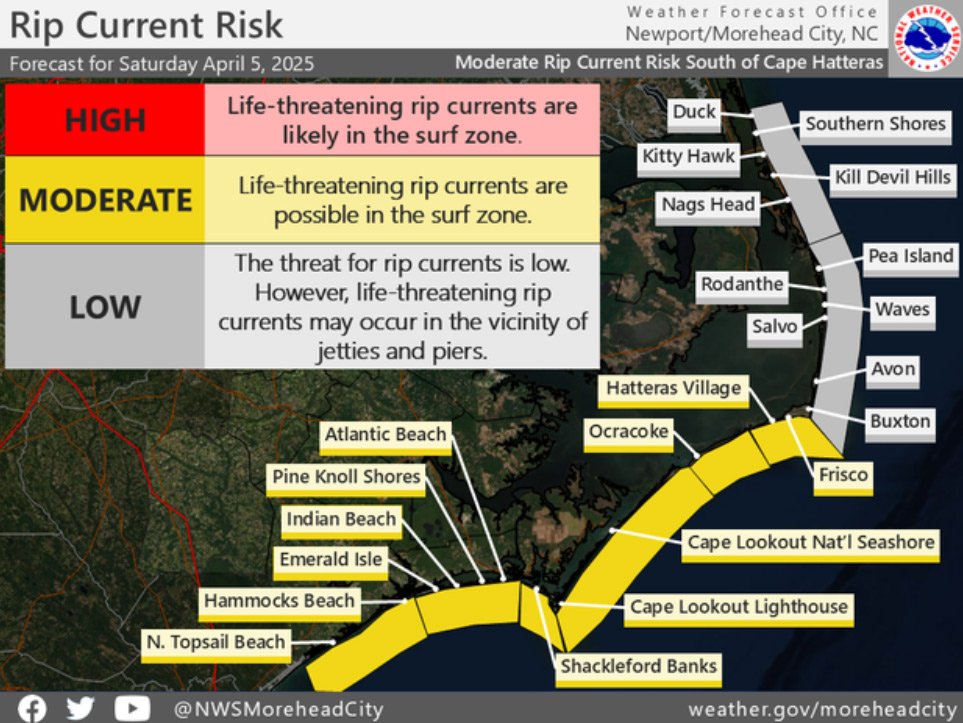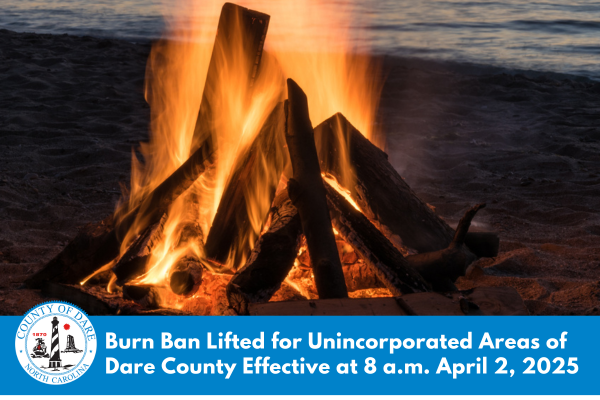Guest Column: The consent decree and the absence of science
Four years ago, three environmental activist organizations — the Southern Environmental Law Center, the Audubon Society, and Defenders of Wildlife — sued the National Park Service and convinced a federal judge to sign a consent decree that converted the most popular and frequented sections of the Cape Hatteras National Seashore Recreational Area into mile after mile of “Bird Use Area.”
The public was given no opportunity to comment on the poorly crafted environmental management provisions of the consent decree. The provisions were slapped together in a period of about three weeks in April of 2008, behind closed doors, with no independent technical input and discussion.
As predicted, the consequence of this environmental decision without public involvement is disastrous.
Five bird species, none of which are endangered, have forced thousands of hard-working, tax-paying citizens and visitors from around the world into now much overcrowded sections of the seashore, threatening to overrun the carrying capacity of those ecosystems.
There is no statistically significant environmental benefit.
Special interest lawyers and activists often referred to National Park Service annual resource reports in their self-promoting press releases and periodic presentations to the federal judge overseeing the consent decree. They use the reports to make claims that the public access restrictions in the consent decree, which they crafted and imposed without review upon the public, are resulting in “highest ever” bird and turtle observations.
At no time in five courtroom conferences over the past four years has the federal judge, Terrence Boyle, or, for that matter, anyone, questioned the validity of these reports or taken a hard look at environmental activists’ claims. Based on the observed friendly dialogue between the judge and the activists, they seem to be the type of claims the federal judge wants to hear.
In fact the bird and turtle numbers that the environmental activists’ lawyers refer to come from annual National Park Service reports that are not consistent with the Presidential Directive for Science Integrity and Department of Interior and National Park Service policies for scientific transparency and review.
None of the annual reports related to the consent decree for 2008, 2009, 2010, and 2011 were ever peer-reviewed or validated by competent, independent science advisors in open public forum or openly discussed by interested parties. The reports do not indicate an author or a federal scientist who takes responsibility for the validity of the data. The public does not know who– by name, affiliation, and technical qualifications– made the observations and recorded the data. The public has no knowledge of chain of custody or quality assurance of the data. The public does not know who specifically wrote the reports. Previously in 2007, such annual bird reports were co-authored by Audubon Society members. Simply put, the public cannot get at the facts and verify claims.
Nowhere in any annual report does the National Park Service claim a cause-and-effect relationship between overly restrictive closures provided by the consent decree and bird and turtle production.
Activists’ lawyers or the National Park Service cannot demonstrate or prove that the reproductive success of birds and turtles was improved under the overly restrictive provisions of the consent decree anymore than would have occurred had the provisions of the publically reviewed Interim Protected Species Management Plan been allowed to move forward for four years.
In recent court testimony, without qualification, the seashore superintendent, Mike Murray, said about birds and turtles, “the trend is up.” Again, something the judge wants to hear.
For turtles, production and sightings during the years of the consent decree were up all along the Atlantic Coast, not just the region governed by the consent decree.
For birds, natural processes and variability alone could produce such a statistically insignificant one- or two-year “up trend” for a very small number of birds in previous years. In fact, for one bird species, the so called “trend” is down.
The technical provisions of the consent decree have been the basis for the selective trapping and killing of bird predators. Aggressive predator control during the years of the consent decree is altering the ecosystem significantly. Food chain manipulation is one way to promote unnatural bird production.
Tourism and activities such as surf fishing are the basis of the local economy. Visitors do not come to places that deny access. Millions of dollars of revenue, and many jobs have been lost to villages of Hatteras and Ocracoke islands that depend on access to the seashore.
Currently, there is much community and public outrage directed at the National Park Service that could be avoided by adaptive management decisions based on science.
This consent decree case illustrates that far too often there is a misuse and misrepresentation of science to achieve political objectives. That is clearly the case with the science claims made by environmental activists and that have been accepted in their totality, without review or verification by the federal judge issuing the consent decree.
Science and the law are interdependent. As Supreme Court Justice Stephen G. Breyer said in 1998, “The practice of science depends upon sound law… It is equally true, that the law itself increasingly needs access to sound science.”
Judges are not scientists and avoid ruling on science. Sometimes, but not often, they use pretrial conferences to narrow the scientific issues in dispute, pretrial hearings where potential experts are subject to examination by the court, and the appointment of specially trained “law clerks” or scientific “special masters.”
In general, federal judges look to the implementing agencies, such as the National Park Service and the U.S. Geological Survey to provide the scientific basis for regulations. Over the past 40 years, federal agencies have adopted formal peer review policies to ensure they comply with the “Hard Look Doctrine.” Courts expect those agencies to take a “hard look” at the science and not be informal or sloppy in their treatment of fact.
In the case of the access-restrictive provisions of the consent decree, which have now been absorbed into a promulgated ORV management plan, the National Park Service refuses to take a hard, objective look at the science.
A review to determine the validity of the so-called “scientific fact” never occurred during the consent decree proceedings of the past four years. As a result, the public lost access to the beaches of its national seashore.
The so called USGS Protocols continue to be touted as “best available science” in the development of the final ORV management plan for the Cape Hatteras Seashore Recreational Area.
Most importantly, for the development of the final ORV management plan, there is no indication that NPS ever plans to revisit the USGS Protocols and the science basis for closure boundaries and buffers for nesting birds.
The following speaks volumes as to the lack of formality and serious purpose of the USGS Protocols currently used as the excuse for beach closures:
There is no public record that the protocols, which have been the source of closures, have been officially peer reviewed following USGS peer review policy. http://www.usgs.gov/usgs-manual/500/502-3.html
There is no public file, docket, or documentation of peer review questions, comments, or author response.
There is no indication that the protocols were ever published in a peer-reviewed journal or publication or ever referred to as what they are — management guidelines and opinions as opposed to in-depth science assessment.
Scientists having any kind of conflict of interest association, whether through membership, collegial associations, funding, or grants must disclose the relationship. Some authors and reviewers of the protocols were members and associates of the organizations now using the protocols to restrict public access to the beaches of the national park, a fact never disclosed openly and not in compliance with USGS peer review policy.
The federal court and National Park Service have failed to ensure a valid science basis to a regulation that restricts public access to the national seashore. Such government inaction in responding to politically powerful special interests will only further public outrage and distrust of government.
(Dr. Michael A. Berry served as any Army officer in Vietnam in the 1960s. After returning to civilian life, he earned a Doctorate in Public Health and worked in the U.S. Environmental Protection Agency, where, as a senior manager and scientist, he served as the Deputy Director of National Center for Environmental Assessment at Research Triangle Park, N.C. During his 28-year career with EPA, he had extensive interactions with environmental organizations, local governments, the federal courts, U.S. Congress, universities worldwide, and institutions, such as the National Academy of Sciences, the World Health Organization, and the North Atlantic Treaty Organization. For more than 20 years, Dr. Berry taught public health, environmental science, and business and environment courses at the University of North Carolina. He is currently a writer and part-time consultant, specializing in the evaluation of environmental quality and human health effects, environmental management strategies and policy. You can read more of his writing at http://dr-mike-berry.com)













